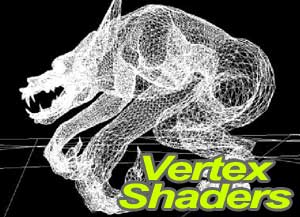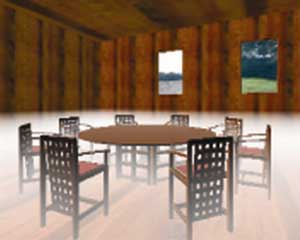|
Imagine a three dimensional scene of ocean waves reminiscent of the movie the Perfect Storm rendered seamlessly real time on your computer desktop. What was once technologically impossible a few years ago can now be achievable with the advent of DirectX® 8.0 and 8.1 compatible video cards. First and second generations of the NVIDIA GeForce card family utilized technique called hardware accelerated Transform and Lighting that would achieve these effects which were pre-programmed or "fixed." As graphic technology progressed, vertex and pixel shading were introduced to allow game programmers to create an infinite amount of effects. In this installment, we will briefly discuss the importance of a vertex shader. But first, let's start with what's a vertex? A vertex is the corner of the triangle where two edges meet, and thus every triangle is composed of three vertices. A Vertex Shader is a graphics processing function, which manipulates vertex data values on an X (length), Y (height) and Z (depth) 3D plane through mathematical operations on an object. These variations range anywhere from differences in color, texture coordinates, orientations in space, fog (how dense it may appear at a certain elevation) and point size. The end results of all these calculations are effects such as light sourcing, real-time perspective viewing (lens and underwater effects), improved textures such as free flowing hair and fur, procedural geometry which is responsible for realistic movements of clothing, and surface deformation found in waves in a tidepool. One area where vertex shaders truly shine is the ability to create life-like dimples or wrinkles that appear when a character smiles, or how a character's skin or clothing may stretch or crease at joints like elbows or shoulders. Vertex Shaders can not only make any computer generated character look and feel more realistic but also make the environment in which the character is immersed in even more visually stunning.
Video card adapters that currently support programmable vertex shading are the GeForce3, GeForce3 Ti 200/500 and GeForce4 Ti 4400/4600 families. The GeForce4 Ti family has dual vertex shaders, amounting to nearly three times the GeForce3's geometry power! |
 What
is a Vertex Shader?
What
is a Vertex Shader?
